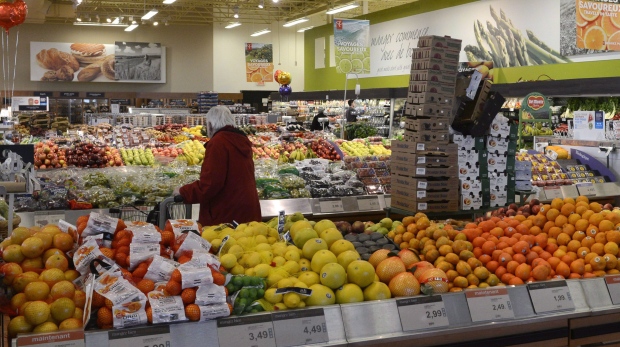|
The rising cost of groceries has left the majority of Canadians finding it harder to afford to feed their households, and it’s not only the working poor who are feeling the squeeze. A new poll from the Angus Reid Institute finds people in middle-class or higher income brackets also say putting food on the table has become more difficult in the last year, as do those who have kids at home.
Also read, Experts say Canada's Food Guide needs an update. Canadians report cutting back on meat and switching to cheaper brands at the grocery store to deal with rising costs, while the majority (two-in-three) say the country’s leaders aren’t paying enough attention to the issue. Key Findings:
As food prices rise, are Canadians able to keep up? Are food price causing a crisis at the kitchen table today? The answer is no: a narrow majority of Canadians (54%) tell ARI groceries are either “very” (13%) or “somewhat” (41%) easy to afford. But while most aren’t having a hard time stocking the fridge right now, very few say the task is becoming less painful. Indeed, almost six-in-ten Canadians (57%) think it’s become more difficult in the last year. This includes more than eight-in-ten who say groceries are hard to afford, and – notably – one-in-three who don’t report cost to be a problem. Why have food prices been rising? This feeling that it’s getting harder for Canadians to feed their households is rooted in reality. Food prices – especially for meat and produce – have been increasing steadily in recent years, as seen in Statistics Canada’s year-over-year tracking data. The lower value of the Canadian dollar relative to its U.S. counterpart is a key cause of this increase. It has driven up the cost of imported foods, a category that includes 81 per cent of all fruits, vegetables, and nuts sold in Canada. But the low loonie isn’t the only thing raising grocery bills. Food prices also fluctuate because of environmental factors – such as the severe drought in California that wreaked havoc on growing seasons last year – and because of changes in global supply and demand for specific products. The cost of transporting goods also affects their prices. The expense of delivering food to remote communities is one of the main reasons groceries have long been so pricey in Canada’s north. The wealth gap, or lack thereof Given that food, clothing, and shelter are considered the necessities of life, grocery bills – regardless of Canadians’ ability to pay – are something they likely keep close track of. And rising food prices are being felt across income levels. For the full report , here. Source Angus Reid Institute
0 Comments
Leave a Reply. |
Advertisement
News & Updates
Stay informed with the latest news around foodservice, agriculture and other related food news. Advertisement Opportunities
|


 RSS Feed
RSS Feed


